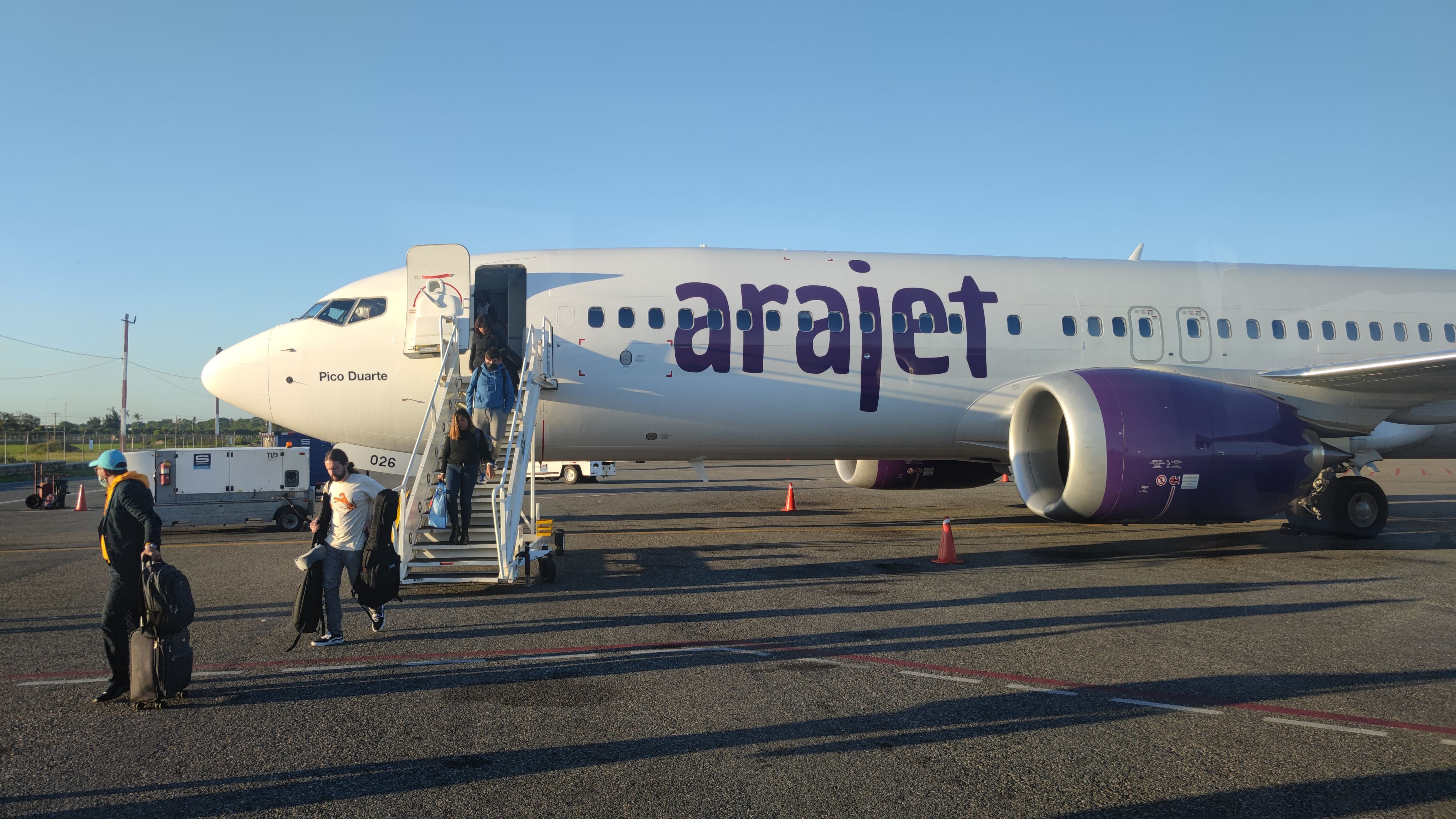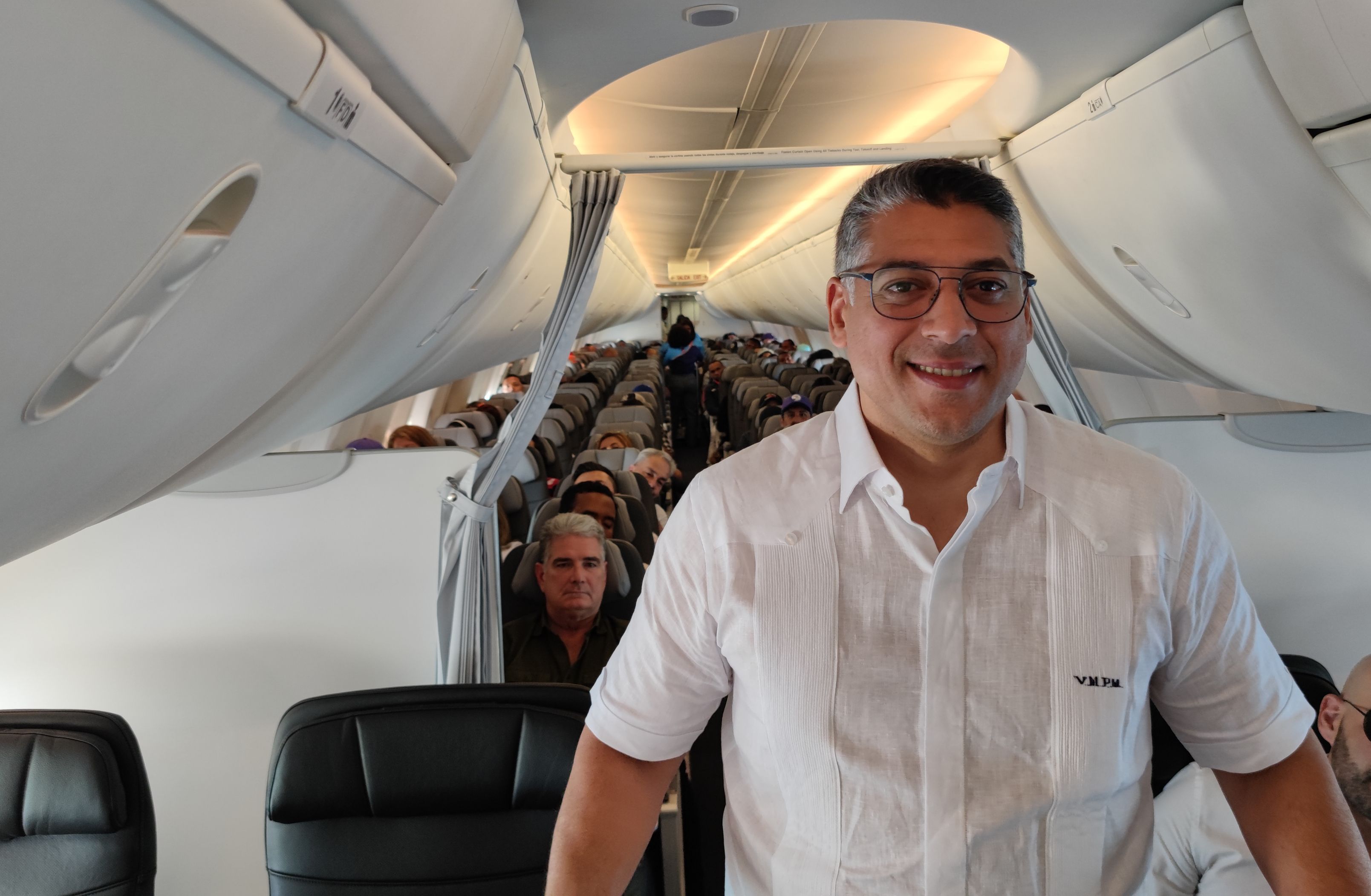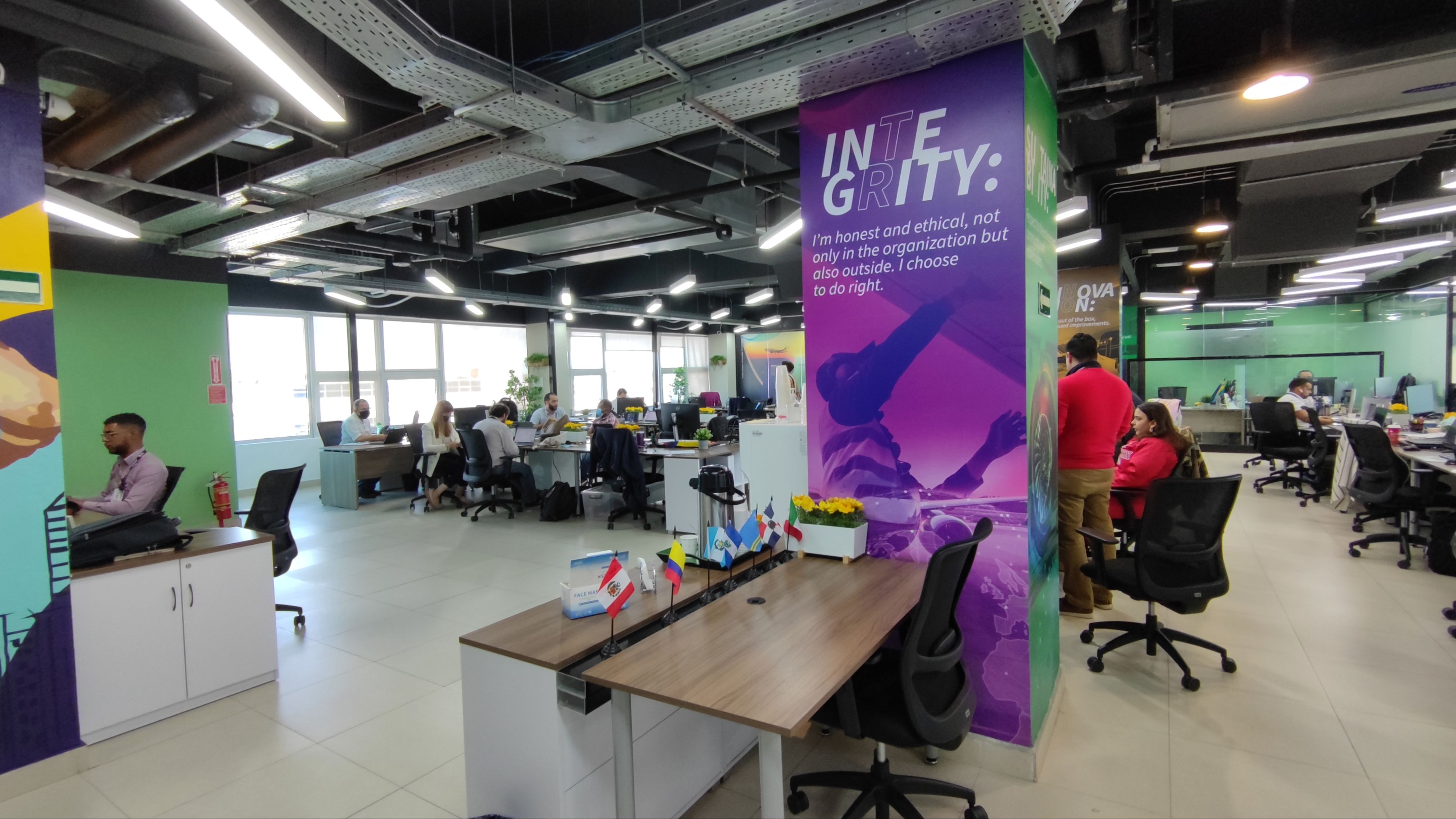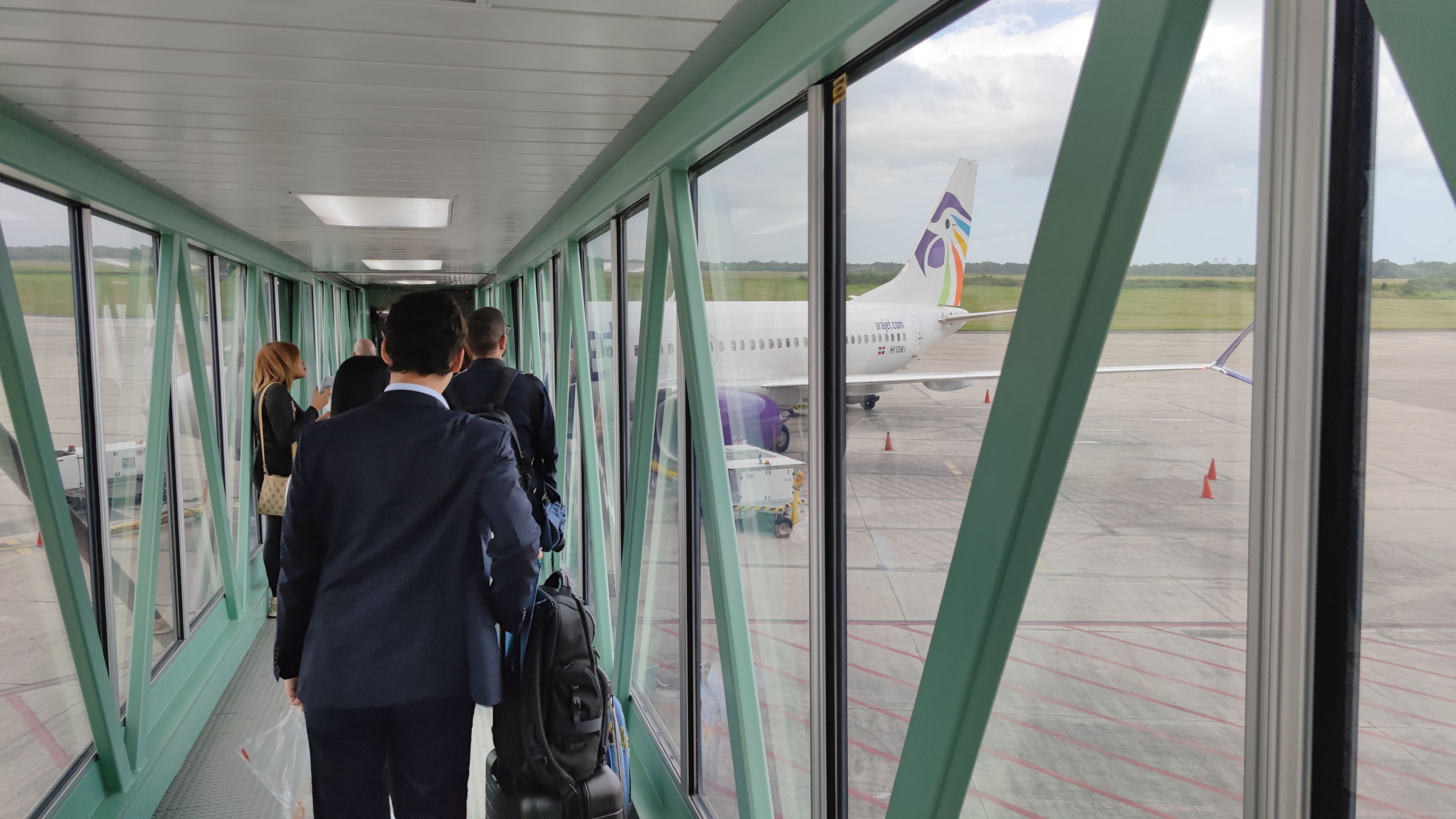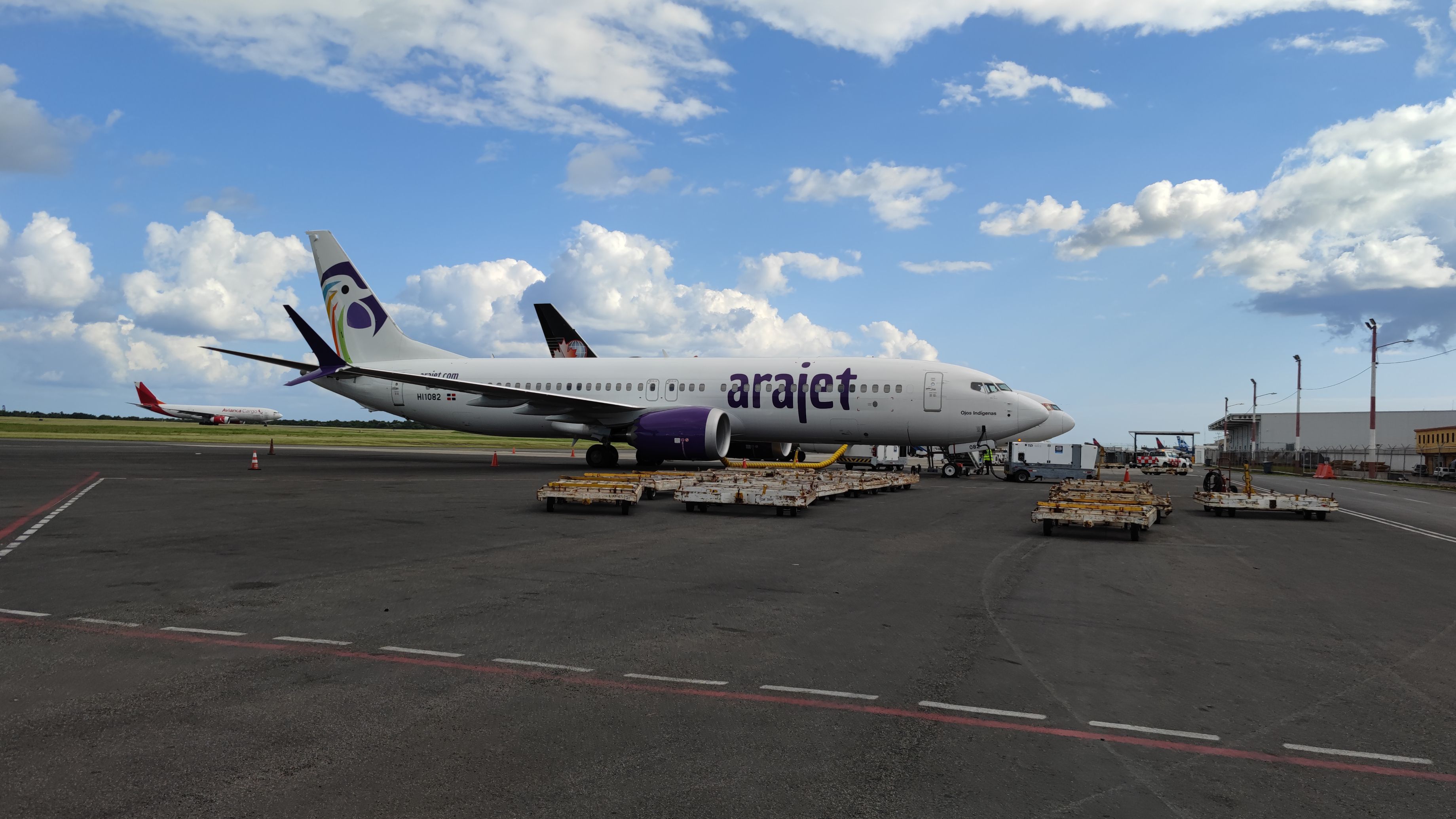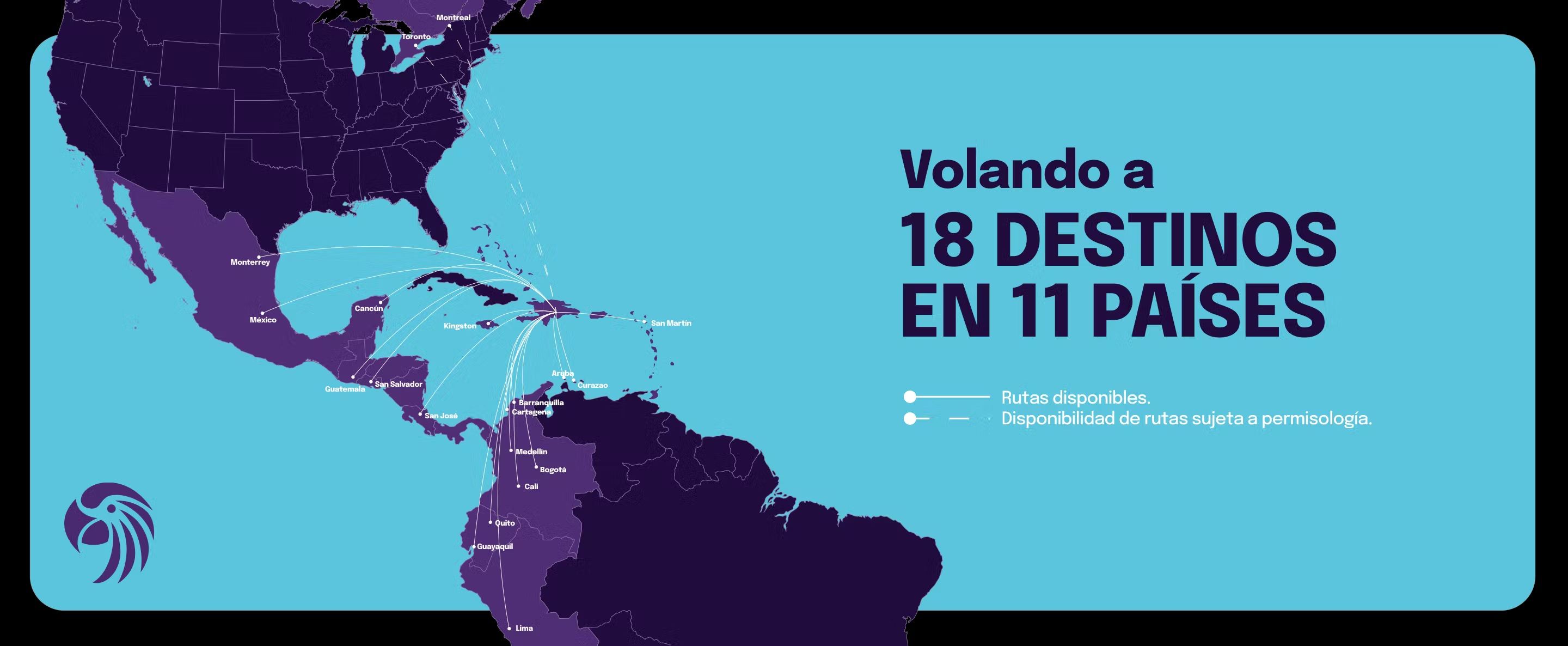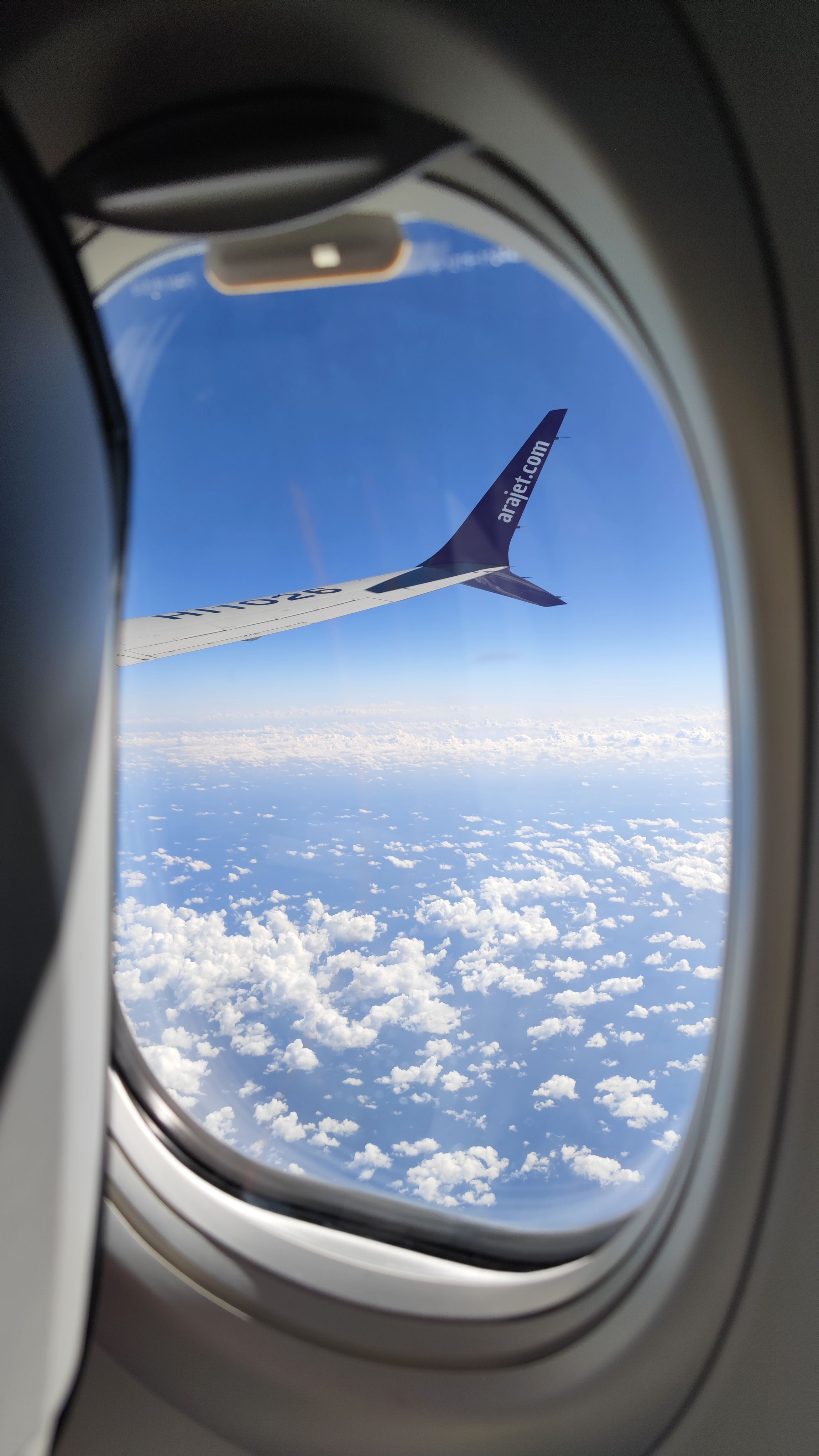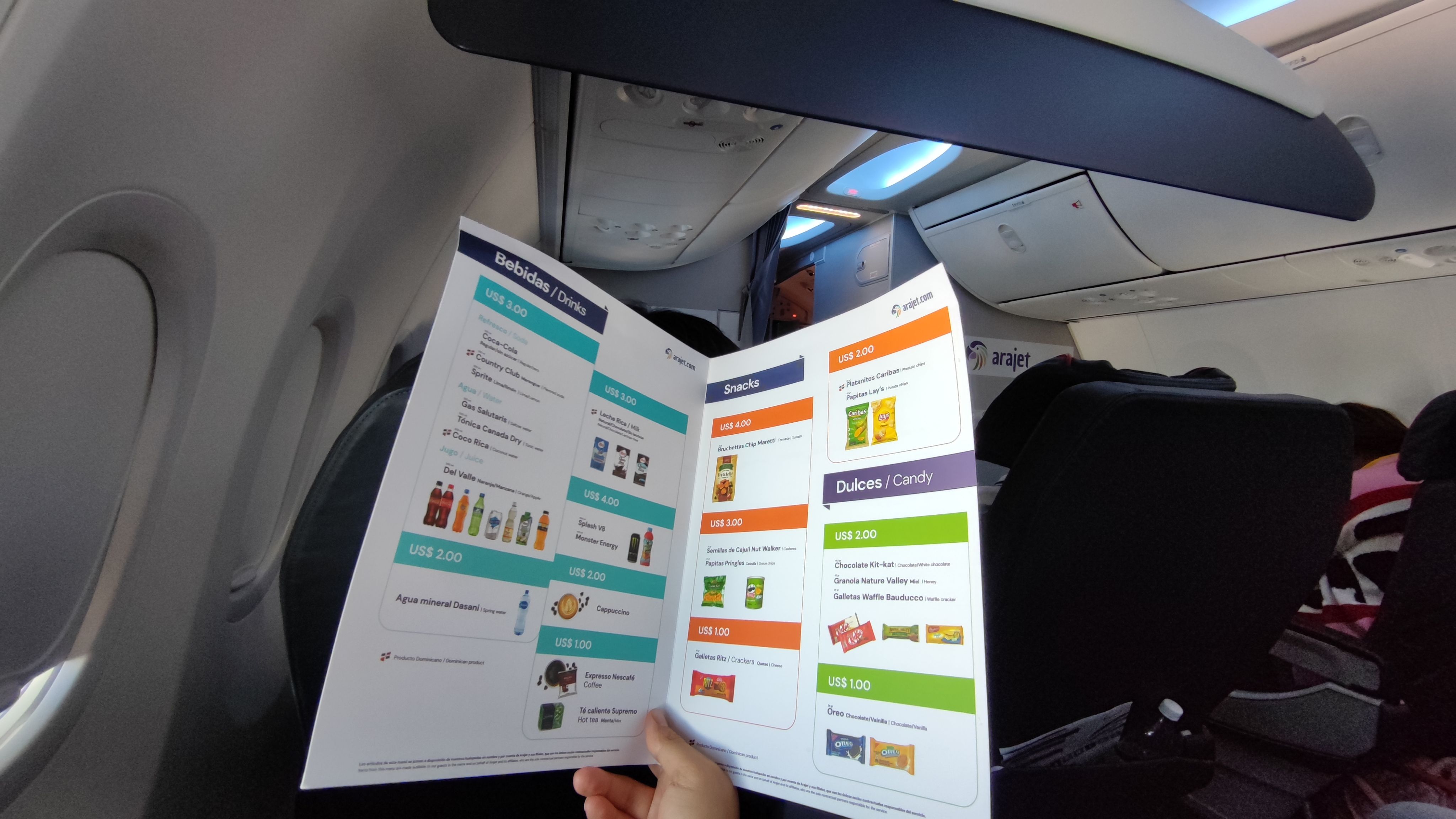To create a flag carrier, help is needed both from abroad and at home. The Dominican carrier Arajet is the perfect example of multiculturalism. Born to fill the gap left by Dominicana de Aviación over twenty years ago, Arajet was launched by a Dominican entrepreneur but has brought talent from neighbors Panama, Barbados, Venezuela and faraway places like Portugal and Russia. All along the focus has been clear: creating a Caribbean carrying looking to bring the joy and hopefulness that characterizes the local culture thirty thousand feet in the sky.
Dream of dreamers
I met Víctor Pacheco, the founder, and CEO of Arajet, onboard the company’s inaugural flight between Santo Domingo International Airport (SDQ) and Bogota El Dorado International Airport (BOG). The 40-year-old is an easy-going entrepreneur who has had the dream of creating a Dominican airline for years.
It wasn’t an easy path – Arajet is the third iteration of an airline that was previously called Dominican Wings and Flycana — but now Mr. Pacheco is commanding a fresh startup with a fleet of five Boeing 737 MAX 8 aircraft, 18 regional routes, and plans for plenty of more growth.
Backed by investor Bain Capital (which also owns backs the likes of Virgin Australia), Arajet has been blessed with financial stability and credibility that other startups in Latin America have lacked in recent years (one only has to look at the failed Itapemirim Transportes Aéreos project in Brazil or the stagnant Ecuatoriana de Aviación).
Find the latest South American aviation news here.
The CEO (pictured below) describes Arajet as a ‘low-price’ company, not a low-cost or ultra-low-cost airline. He said the difference between both business models lies in the connectivity hub. Unlike some of its low-cost peers in Latin America (Volaris and Viva Aerobus in Mexico, JetSMART and Sky Airline in Chile, and Ultra Air in Colombia), Arajet is looking to create a hub in Santo Domingo. And the foundations are already there.
Three months after the launch of its first commercial flight, the new carrier already operates regularly scheduled services to 18 destinations in 11 countries across Latin America and the Caribbean. That’s a dream start that has not come without its challenges. To name some, there’s the lack of local providers (from maintenance to specialized employees), airport constraints, and complex regulations in Latin America.
But to address these challenges, Mr. Pacheco has built a multicultural team. The airline sees this as an Emirates-kind-of-solution. The Dubai-based carrier embraces multiculturalism and brings people from all over the world, enticing them to work on a project that has been successful for decades now. Arajet is doing the same on a smaller scale.
The office of the new Dominican flag airline (located outside of Santo Domingo’s Las Americas International) is a microcosm of Latin America with a few people from far away. Arajet’s chief of pilots comes from Barbados; the airline’s Chief Commercial Officer was born in Nicaragua; its airport manager arrived from Portugal after stints in Ryanair and TAP Air; the VP of the Integrated Operations Control Center is a Panamanian with Indian roots, and the VP of Maintenance and Engineering is a Spaniard with a Chilean accent after a stint in JetSMART. But not everyone is from abroad. Many Dominican people are working for the company, including a few expats who were lured home by the project.
Get the latest aviation news straight to your inbox: Sign up for our newsletters today.
Frederico Melim, the Portuguese VP of Ground Operations, explained it perfectly:
"There’s something about creating something from the ground up. Arajet asked me to go all in with the company, and I accepted. My family and I –including a toddler—moved to the Dominican Republic, and we now live in front of the beach and work with an airline looking to revolutionize how the Dominican people fly."
Here we have an image of Arajet's headquarters in Santo Domingo.
The core market – Dominican’s around the region
Despite the multiculturalism, Arajet is a Dominican carrier at its core. Their Dominican flavor is everywhere – from the music the crew puts on while boarding goes to their iconic line 'Vamo’ Arriba!' The airline management understands that the citizens of the Dominican Republic (either living on the Caribbean island or abroad) are its primary market.
The diaspora. These two words were key while I spoke with Víctor and most of his staff. The airline is addressing the Dominican diaspora living abroad. Once they know about the brand, word of mouth will spread, and more travelers will come. But, in the end, if Arajet truly wants to garner the diaspora segment, there’s one market that must be addressed above all of the rest… the United States. They know it. And they are getting ready.
While Arajet can’t publicly disclose which destinations in the United States will be served, most Dominicans live on the East Coast, particularly in the New York area. Once the airline obtains the necessary permissions, the US is its next big goal. The timeline is that this will take place sometime soon, perhaps by the second half of 2023.
Over the last two decades, Dominican travelers had to rely exclusively on US carriers to bring them between the two countries. It was a necessary evil with high costs, people said. But the entrance of Arajet could drive those costs down and give locals a new option for them to travel with, connecting more with their homes. More importantly, they proudly want to fly with with a flag carrier that understands and shares their cultural roots.
The future fleet
Arajet began operations this year with a fleet of five Boeing 737 MAX 8 aircraft. These planes have a capacity to carry 185 passengers in a two-class configuration. There are two business rows in a 2-2 configuration, followed by an economy section with a 3-3 seat configuration. This is not the final product Arajet expects to operate; it is a bridge while the airline establishes and grows in size. In the short term, the airline will offer an all-economy cabin with 3-3 rows and 189 seats in total, although the first four rows would be sold as premium economy, with a higher pitch between seats.
Earlier this year, Boeing and Arajet signed a new deal for 20 B737 MAX 8 aircraft (plus options for 15 more). Arajet became the fifth MAX customer in Latin America. In the meantime, the airline has been leasing new aircraft. The first five were white-tails –those planes built during the MAX crisis with other owners but were rejected, thus their current configuration.
Next year, Arajet expects to receive between three and five additional leased MAX units, finishing 2023 with a fleet of up to ten aircraft. These five planes will already have the all-economy configuration installed. In 2024, Boeing will begin delivering the brand-new planes from their announced order.
The first five planes will remain in the two-cabin configuration during the first 36 months of their operation. Cristina González, VP of Maintenance and Engineering at Arajet, explained to me that the all-economy configuration will be installed during the airplanes’ first C-check. The new seats built by the Italian company Geven have already been selected.
Nonetheless, employing the MAX in a region where Airbus dominates most of the narrowbody market has been a challenge, Cristina said. Finding the right suppliers and maintenance team has been tough; in turn, the airline is already looking at ways to promote the birth of maintenance teams at home, in the Dominican Republic. It is an ongoing process which will take time but Arajet is confident the benefits will largely overcome the challenges in the long-term.
Looking to 2027 and beyond
By 2027, the objective is to have a fleet of around 30 aircraft, Víctor Pacheco said. The airline will have around 54 regional routes, with plenty of exciting destinations ahead. I had a brief glimpse at some of the plans for the airline, which included commercial flights to more Latin American countries like Brazil and Argentina, but also reaching several destinations in the United States and Canada. From Toronto and Montreal in the north to Tierra del Fuego in the south, the company’s CEO noted.
Europe is also a possibility, but Arajet would have to sign codeshare and interline agreements with local partners to get it. This option is already being discussed without any further announcements being made.
In the last three months, Arajet has sold over 100,000 tickets, carrying over 60,000 passengers and earning revenues of around $25 million. By September 2023, a year after launching commercial services, the airline expects to have flown at least one million passengers.
Nonetheless, all the growth projections for Arajet need to be partnered with an investment plan in the company’s hub, Las Americas International (SDQ). The Santo Domingo airport, second in yearly passengers behind Punta Cana International (PUJ), has an outdated terminal, very reminiscent of the travel in the 1960s or 70s. Since the Dominican Republic lost its flag carrier over twenty years ago, the modernization of this airport to receive transit passengers has been neglected.
For Arajet, the transit passenger is crucial. The airline wants to attract travelers looking to go to new destinations with short layovers in Santo Domingo. So far, these transit movements have been happening naturally, without the airline’s help. For instance, if I want to travel between Mexico City and St. Maarten with Arajet, I must buy two tickets, one for each segment.
That’s coming to an end next year as the airline begins offering the whole route map in one fare. But the airport also needs to step up. Víctor Pacheco explained that there had been ongoing negotiations between Aerodom (the administrator at SDQ) and Arajet to see the growth plans and how the hub expects the airline to fit in them. SDQ could be building a new terminal, hangars, and receive new maintenance providers in the next decade.
If Arajet manages to create a hub it would be the third in the Latin American region with a dedicated airline that carries passengers from one point to another in the Americas. Copa Airlines is the most known example with its Hub de las Américas in Tocumen International Airport (PTY), but most recently Viva Colombia has also pushed Medellín International Airport (MDE) as a connectivity hub. The low-cost airline connects destinations such as Miami and Buenos Aires with short stops in Medellín, Colombia’s second largest airport.
The Arajet experience
During my trip to the Dominican Republic, I had the opportunity to experience four flights with Arajet. I flew the round trip between Mexico City’s Felipe Ángeles International (NLU) and Santo Domingo and the airline’s newest route to Bogota (you can read more about this inaugural flight here).
The onboard service is good. The snacks and beverages range in price between $1-$9, and the airline offers alcoholic drinks, including Dominican rum. Payments are made in US dollars or Dominican pesos at the moment (cash), with no credit card being accepted (that’s set to change).
On the current map, some routes have been more successful than others –as happens with most airlines—with the company signaling Mexico City, Guatemala, and El Salvador, and some routes to Colombian destinations as their most successful. On the other hand, Monterrey has been a bust, and Arajet expects to close the route on January 11, 2023. It may become a seasonal route, but it could also be scrapped for good.
Arajet is now an active player in the Latin American and Caribbean markets. The airline has big plans and its commanded by a seasoned management hopeful to deliver something that the Caribbean has lacked for years: a powerful carrier. Three months into its first commercial service, Arajet is already miles away from other regional startups (Equair, Itapemirim –already ceased—, and Ultra Air). While many challenges still lie ahead, their catchphrase “Vamo’ Arriba” (let’s go up) hints at what they expect to achieve.
Have you had the chance to travel with Arajet? How did you find the experience? Let us know in the comments below.

